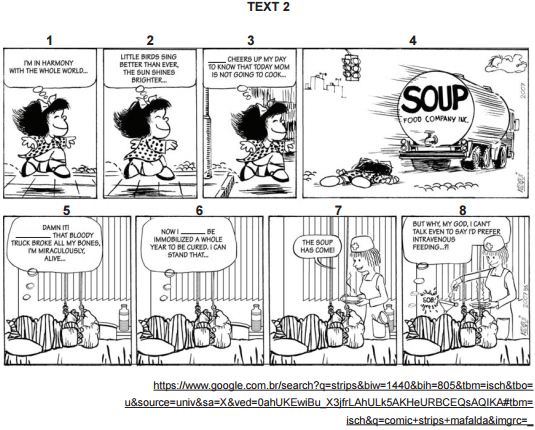I do sometimes get asked “If you’ve found a Higgs boson,
can you show me a picture of it?” Unfortunately, the answer
is no. But the reason for this provides a resolution to a severe
parental dilemma, and explains why I am in fact sometimes
the tooth fairy. Bear with me.
I can’t show you something which is definitely the new
boson, but I can show evidence for it, for example in the
picture below. It shows the distribution (black dots) of the
mass you get when you combine the energy and momenta2
of pairs of photons (particles of light) in the ATLAS detector.
The bump shows that there are more of these photon pairs
at masses corresponding to around 125 GeV than would be
expected from the trend. This excess implies the existence
of a particle at about this mass which decays to pairs of
photons.

The bump3
in this plot would not be there unless there
were a new boson (credit, ATLAS experiment and CERN). The
key is that even if I show you a collision event with a pair
of photons which exactly gives the “Higgs mass”, i.e. at the
top of that peak, it is still not possible to be sure that this
exact pair of photons came from a Higgs boson. There may
be several possible ways of producing a set of new particles
from the incoming ones; but if the resulting set is identical,
it is not physically meaningful to say which way occurred.
Now, to the parental dilemma. It is especially acute at this
time of year, but if you have children who are losing their
milk teeth, it is ever-present. Is the tooth fairy real? What
about Father Christmas? Do you spoil the fun or do you lie?
Something in me hates the idea of lying to my kids, and
undermining4
trust. Here’s my way out. Anything which has
the same initial state (tooth) and final state (money) might in
fact be an event in which a tooth fairy was present. To put it
another way, anything which removes the tooth and delivers
money shares such an essential property with a tooth fairy
that it can be said to be one (anything removing both teeth
and money is probably a dentist. Or possibly a mugger5
).
By now, my son doesn’t believe a word of it of course.
But in the early days it was the truth. We managed this
transition without lies, betrayal and tears because actually,
when tiptoeing into the bedroom with a shiny pound coin, I
really am the tooth fairy. I am of course also at the same time
Dad. This seemed to work, and now he’s older, it’s still fun.
It’s not much of stretch to extend this to Father Christmas,
and it also explains why sometimes Father Christmas uses
the same wrapping paper as your parents - he and they are,
in a sense, indistinguishable quantum possibilities for the
delivery process.
(theguardian.com/science/life-and-physics/2012/dec/23/tooth-fairy-quantum-mechanics Acesso em: 26.08.2013. Adaptado)
Glossário
1Higgs boson: partícula subatômica teórica que ficou conhecida
publicamente após ter sido divulgada como a “partícula de Deus”.
Sua existência é associada a pesquisas acerca da origem do universo.
(topics.nytimes.com/top/reference/timestopics/subjects/h/higgs_boson/index.html
Acesso em 02.10.2013. Adaptado)
2momenta: plural de momentum – conceito físico associado à
quantidade de movimento de uma partícula.
3bump: choque ou elevação.
4undermine: tornar algo gradativamente mais fraco, especialmente
a confiança ou autoridade de alguém.
5mugger: assaltante.






















